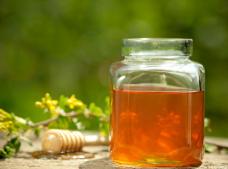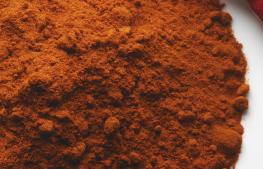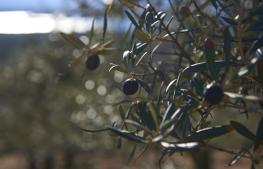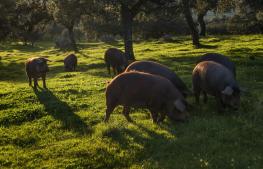Villuercas-Ibores Honey
Natural foodstuff
The honey with Protected Designation of Origin Villuercas-Ibores Honey is the natural product produced by European honey bees. The traditional production area for Villuercas-Ibores Honey is located in the south-east of the province of Cáceres, occupying the counties of Las Villuercas and Los Ibores, in the area of the Villuercas Ibores Jara UNESCO Global Geopark, recognised by UNESCO for its geological value.
DOP Villuercas-Ibores Honey includes four types of honey based on their flower composition:
single-flower honey from chestnut, with a penetrating aroma and characteristic ripe apple flavour;
single-flower honey from broom, collected from the nectar of Retama sphaerocarpa flowers, which is very aromatic, with a sweet, pleasant flavour and clear amber colour with reddish glints;
mixed-flower honey, which has an amber colour and aroma with floral or vegetable nuances, while its flavour is slightly acidic, salty or bitter depending on the dishes in which it is used;
honeydew honey or forest honey, which has a dark colour with reddish glints, obtained from chestnut, holm oak, cork oak and oak trees.
Honey is a natural foodstuff that has been consumed since prehistoric times, with many health benefits due to its high mineral salt content. Villuercas-Ibores Honey is rich in vitamins B and C.
It is easy to find the presence of this honey in many dishes and sweets in the county.
The DOP Villuercas-Ibores Honey Regulatory Board monitors the entire production and packaging process, which makes use of artisanal methods throughout. In fact, the use of tools and machinery, packages, facilities and premises other than those that have been authorised, is not allowed. Providing sugar or similar syrups to feed the bees during the period when the nectar enters the hives is not allowed either.
Weather
Cáceres
17Dec

6 ºC
14 ºC
18Dec

6 ºC
14 ºC
19Dec

8 ºC
12 ºC
20Dec

7 ºC
12 ºC
21Dec

5 ºC
9 ºC
22Dec

2 ºC
8 ºC
If you like Villuercas-Ibores Honey you will like this too...
Torta del Casar
Torta del Casar is a natural cheese made from Merino Entrefino sheep’s milk from flocks in the geographical area of Llanos de Cáceres, Sierra de Fu
La Vera paprika
La Vera paprika has its history in the province of Cáceres thanks to Holy Roman Emperor Charles V.
Gata-Hurdes Oil
The Gata-Hurdes Protected Designation of Origin includes the counties of Fata, Hurdes, Trasierra, Tierras de Granadilla, part of Alagón, Ambroz, Je
Patatera
Patatera is a typical type of sausage from Cáceres and the rest of Extremadura made from Iberian pork cheek and boiled potatoes, seasoned with salt
More things you can find in Cáceres
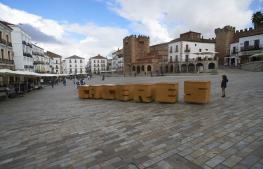
Old Town of Cáceres
The decree declaring Cáceres as a Monumental Site was published on 21 January 1949, and in 1986 UNESCO included the Old Town of Cáceres in its list
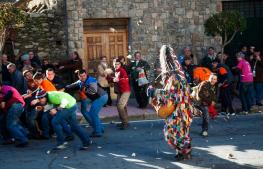
Festivals of Tourist Interest
The province of Cáceres is home to one Festival of International Tourist Interest and two festivals declared as being of National Tourist Interest.
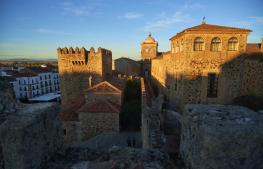
Monumental city of Cáceres
The topography plays an important role in the urban development of Cáceres, as the city stands on uneven ground, between the Sierra de la Mosca mou

